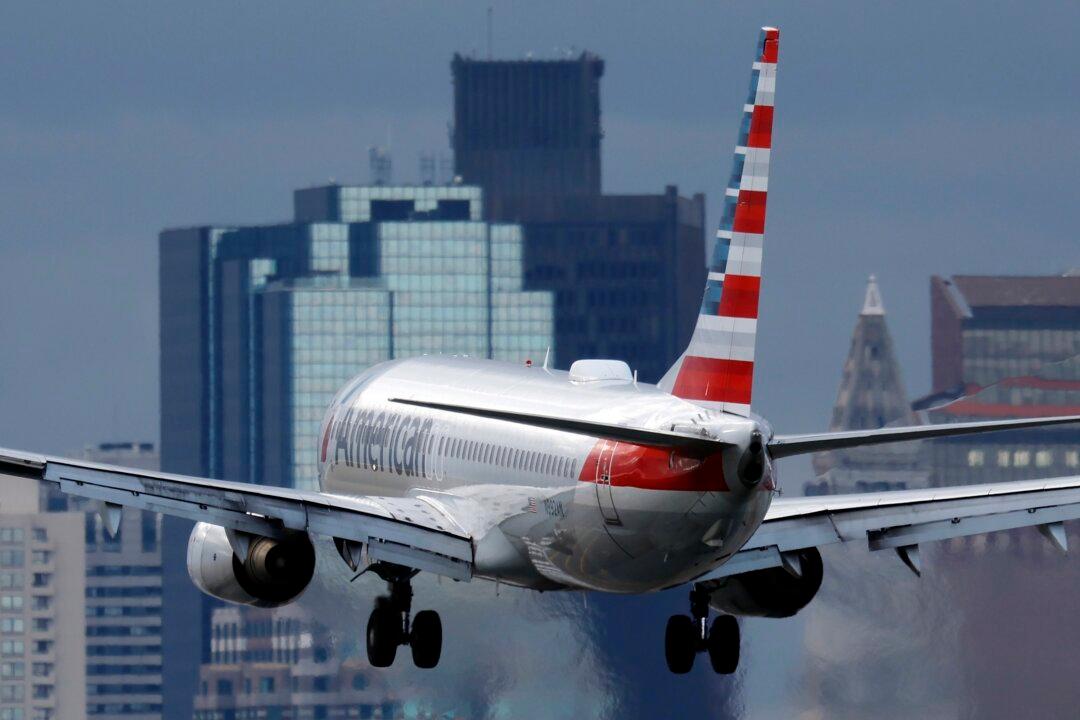The Federal Aviation Administration (FAA) announced it will invest millions into airports nationwide after a number of near-fatal collisions.
Multiple close-call collisions over the past year have been confirmed by the FAA and National Transportation Safety Board (NTSB).





